At JIMINI’S, we understand that edible insects are not the unique solution to solve our food issues. This would put too much pressure on this protein source and it is also important to eat varied sources of protein. As we’re open-minded and because we love food, we have a lot of interest for other sources of protein. Here is a list of protein alternatives that will be on our plates in a near future.
Seaweed
Seaweeds can be good some sources of protein provided they do not contain too much iodine and heavy metals. In China, Korea and Japan, seaweeds and algae have been eaten for centuries. They grow in salt water and there are about 500 edible species. To cultivate them hardly any soil, fresh water or fossil fuel is needed. Among them, nori and kombu are especially rich in proteins when they are dried. Because the digestibility of these proteins is low, their quality is comparable beans’ proteins. In addition, they contain a lot of vitamin B1 and there is more iron than in meat.
Legumes
Legumes are on the rise! Think of the 101 different flavors of hummus that you can find in your grocery store. Legumes are good for your health because they lower LDL cholesterol, that is good for your blood vessels. Legumes are also a sustainable source of proteins because they have a tiny footprint as they require little water to grow. Legumes may have a bad reputation for the brown and white beans that used to be served when we were children. Nowadays we make delicious tofu dishes and curries, which is surprisingly tasty, good for your body and also for the planet.
Cell meat
Cultured meat popularity and interest grew during the last years. It is produced by growing animal stem cells. You can only grow the muscle cells. It means that you could eat chicken meat made out of stem cells coming from the chicken that is still roaming around in your backyard. Cell meat is lean meat and has the advantage that it is free from bacteria contamination. In addition, the emission of greenhouse gases, land and water use are many times lower than for regular meat production. For now, the energy needed and the price are still really high.
Mushrooms
We can not consider that mushrooms are the best source of protein. Because they consist largely of water, they contain relatively little protein, iron and vitamins. Moreover, with the current cultivation method, this does not outweigh the environmental impact they have. Fortunately, something can be done about the latter. It is nowadays possible to grow oyster mushrooms (or other mushrooms) on coffee grounds. Because we love mushrooms (especially with our insect pasta), we think this market has bright potential. As crickets contain a lot of iron and vitamin B12, they will be a perfect pairing for your mushrooms !
Legumes are on the rise! Think of the 101 different flavors of hummus that you can find in your grocery store. Legumes are good for your health because they lower LDL cholesterol, that is good for your blood vessels. Legumes are also a sustainable source of proteins because they have a tiny footprint as they require little water to grow. Legumes may have a bad reputation for the brown and white beans that used to be served when we were children. Nowadays we make delicious tofu dishes and curries, which is surprisingly tasty, good for your body and also for the planet.
Cell meat
Cultured meat popularity and interest grew during the last years. It is produced by growing animal stem cells. You can only grow the muscle cells. It means that you could eat chicken meat made out of stem cells coming from the chicken that is still roaming around in your backyard. Cell meat is lean meat and has the advantage that it is free from bacteria contamination. In addition, the emission of greenhouse gases, land and water use are many times lower than for regular meat production. For now, the energy needed and the price are still really high.
Mushrooms
We can not consider that mushrooms are the best source of protein. Because they consist largely of water, they contain relatively little protein, iron and vitamins. Moreover, with the current cultivation method, this does not outweigh the environmental impact they have. Fortunately, something can be done about the latter. It is nowadays possible to grow oyster mushrooms (or other mushrooms) on coffee grounds. Because we love mushrooms (especially with our insect pasta), we think this market has bright potential. As crickets contain a lot of iron and vitamin B12, they will be a perfect pairing for your mushrooms !
We can not consider that mushrooms are the best source of protein. Because they consist largely of water, they contain relatively little protein, iron and vitamins. Moreover, with the current cultivation method, this does not outweigh the environmental impact they have. Fortunately, something can be done about the latter. It is nowadays possible to grow oyster mushrooms (or other mushrooms) on coffee grounds. Because we love mushrooms (especially with our insect pasta), we think this market has bright potential. As crickets contain a lot of iron and vitamin B12, they will be a perfect pairing for your mushrooms !
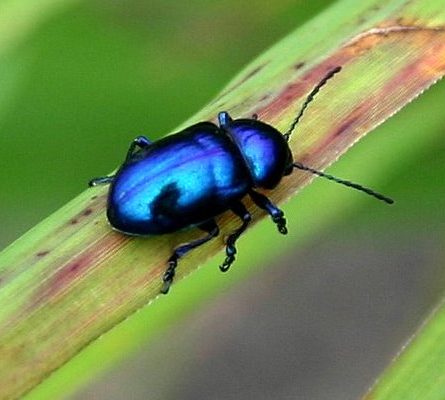
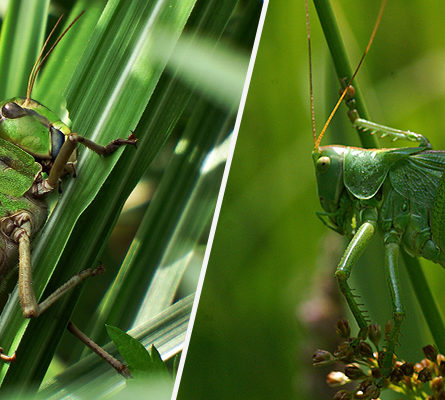

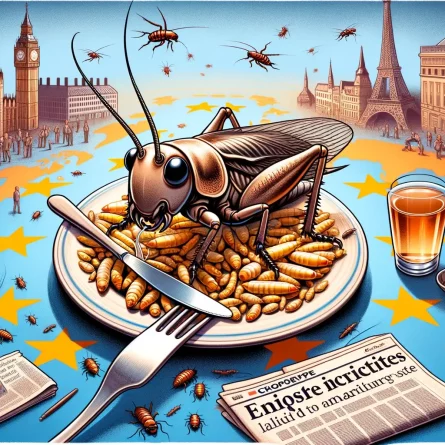
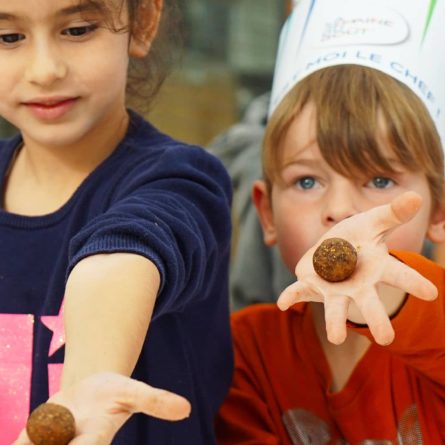
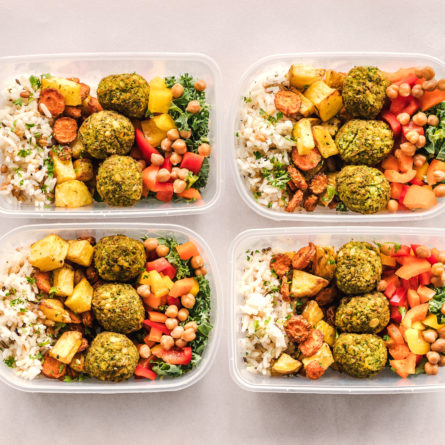
Be the first to post a comment